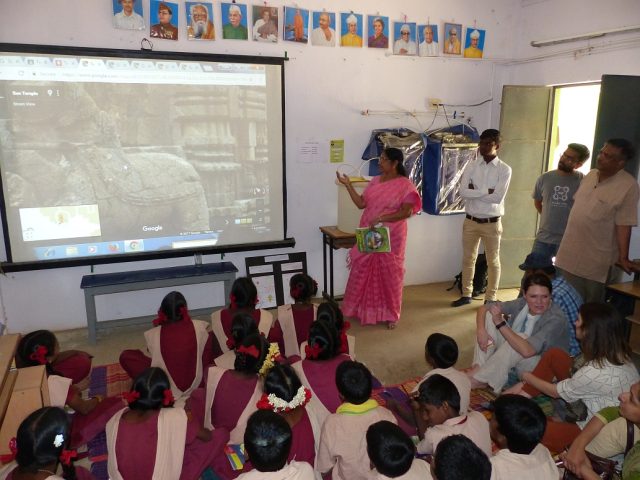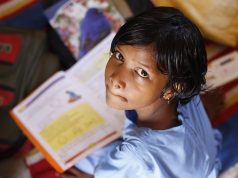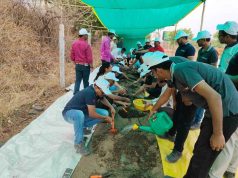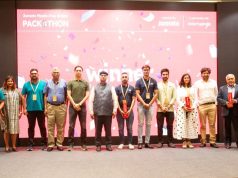Google Earth Is Aiding Rural Students To Explore The World In The Classroom
We know that an education model is deemed effective when students are provided with ample opportunities to access interactive content, information in multiple formats and visually appealing literature. Enhancing education outcomes requires mammoth efforts, one of which includes helping students to better monitor their learning through use of potent learning techniques. A part of the solution also involves creating a system where rational thinking, practical experimentation and exploring the unknown enables students to let their creative juices flowing, something that contributes in building a better and smarter future professional.
Talking about promoting the principle of smart learning, thousands of students in government and rural schools in India are now traveling the planet inside their classroom. Thanks to an amazing software launched by Google, the app, popularly known as Google Earth is making virtual learning a possibility by giving students access to every single unit of geographical, scientific, political and social data. At the click of a mouse, children can learn about the process of soil erosion, calculate the depth of ocean or take a virtual stroll around Red Fort. This reimagined version of Google Earth has made learning invigorating and intellectually stimulating for these students who had, otherwise, only dreamt of visiting these sites and locations.
Introduced in collaboration with Google and India Literacy Project (ILP)-a non-profit organisation that works on improving literacy standards in rural India, the application is pitched in the states of Karnataka, Andhra Pradesh, Tamil Nadu and Telangana. The tool employs Google Earth, Street View and Google Maps in creating interactive content aligned to the school curriculum. The advantages of adopting such a technique for education are many. Besides ensuring a higher attendance of students in primary classes who have obviously taken a liking for this learning methodology, the application has succeeded in training their mind for analytical thinking which in turn has improved their cognitive skills, questioning abilities and learning graph.
Earning the collaboration of Google has been no mean feat for ILP. With operations fully functional in 18 states and more than 2000 villages, the organisation has gained a prolific presence in the field of education by impacting the lives of 300,000 plus individuals through concerted, dedicated efforts in upgrading the quality of education. As Padmaja Srikant, Operations Lead at ILP rightly observes, “The fact that we are so rooted at the ground level for the past 25 years has made Google recognise our objective and concept.” She appreciates the desired rewards the collaborative effort has endowed them with; but simultaneously laments the lacklustre response from corporate companies in acknowledging the full potential of their projects that are aimed at empowering rural students with the right tools and knowledge to make them more competitive in the global market.
A handful of other corporate giants are furthering the objectives of ILP, purportedly through employee engagement programs, counseling and other activities but when we are writing a prescription for India’s ailing educational system, the condition of which is going south with each passing year, we must strive to surpass Jay Chiat’s axiom that says, “Good enough is not good enough.” Considering that this sector is marred with a number of egregious factors including lack of adequate funding from Government and industry’s unwillingness in adopting a robust CSR agenda for education, it is time that timely, well-thought-out measures are taken to negate UNESCO’s prediction about how India may have to wait for some good 50 years in reaching global education goals.

The author, Navamita Mukherjee is an independent media consultant and writes about education, sustainable development and animal welfare. She is passionate about volunteering and feels strongly about animal protection and was associated with Humane Society International/India.
Views of the author are personal and do not necessarily represent the website’s views.
Regards,
The CSR Journal TeamSubscribe













